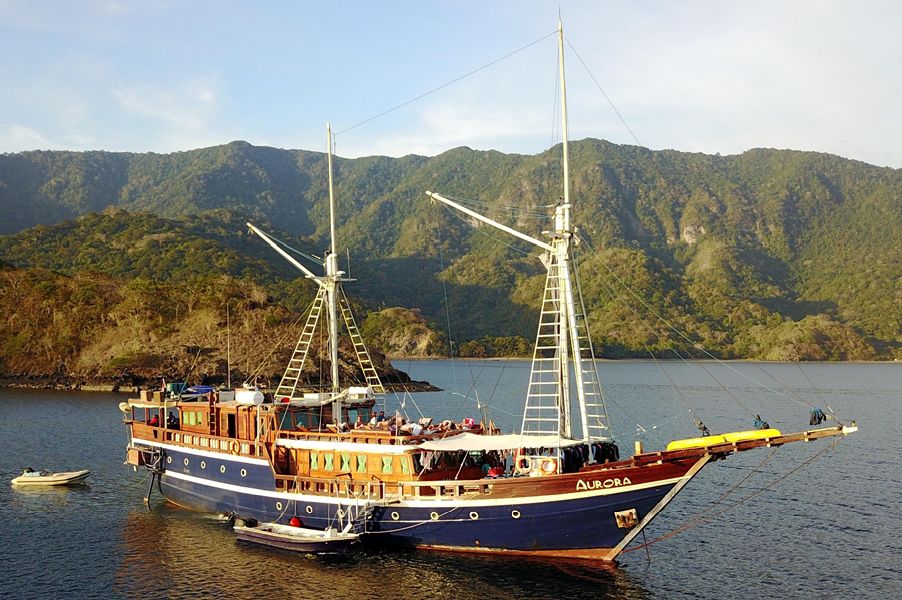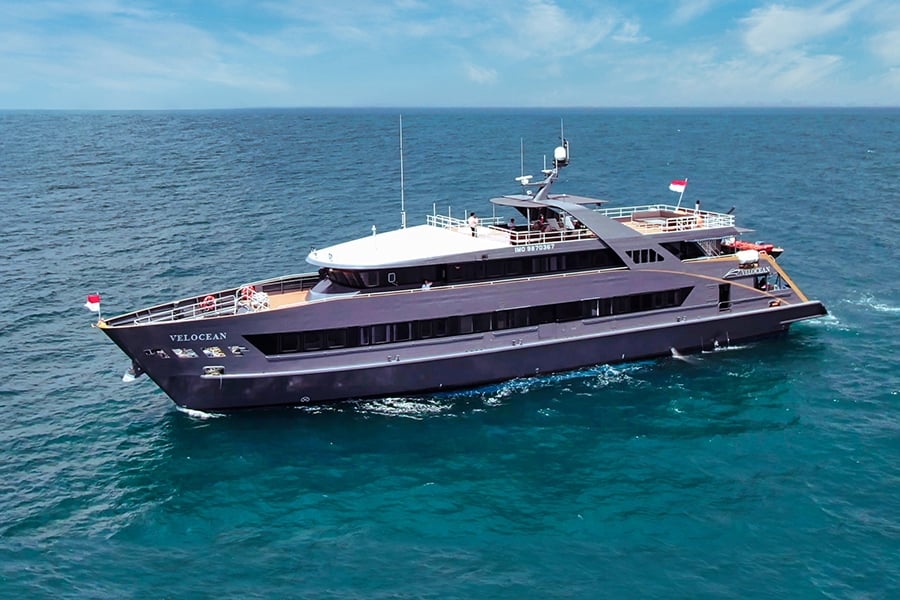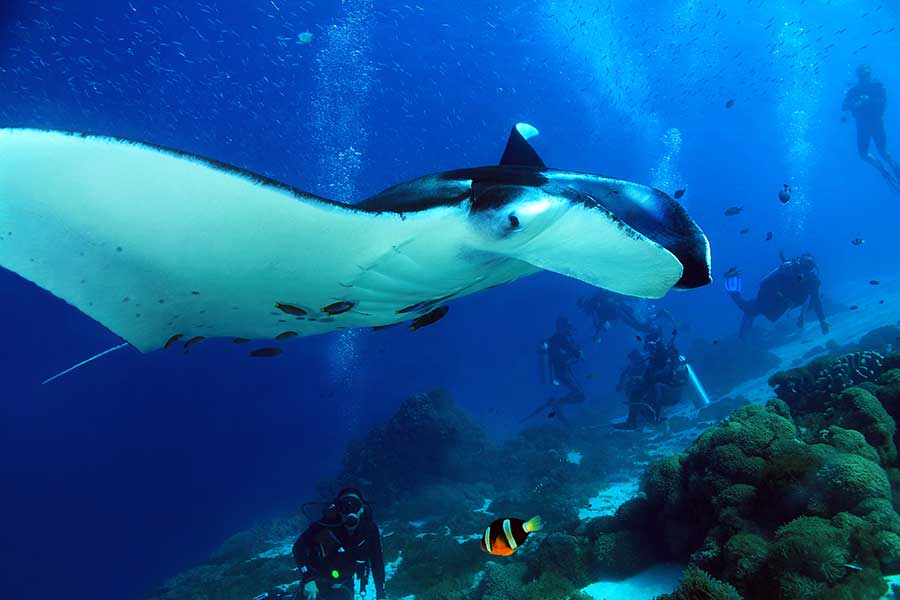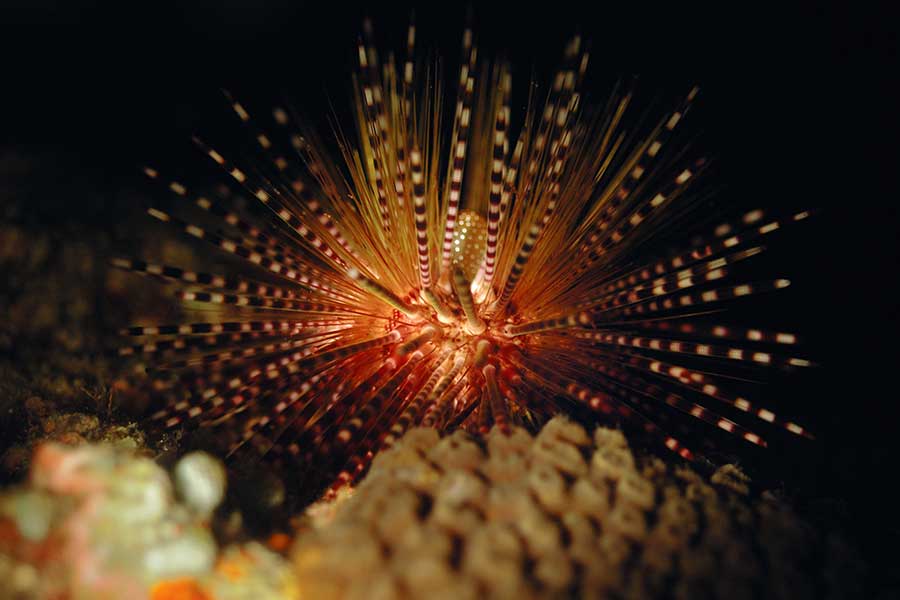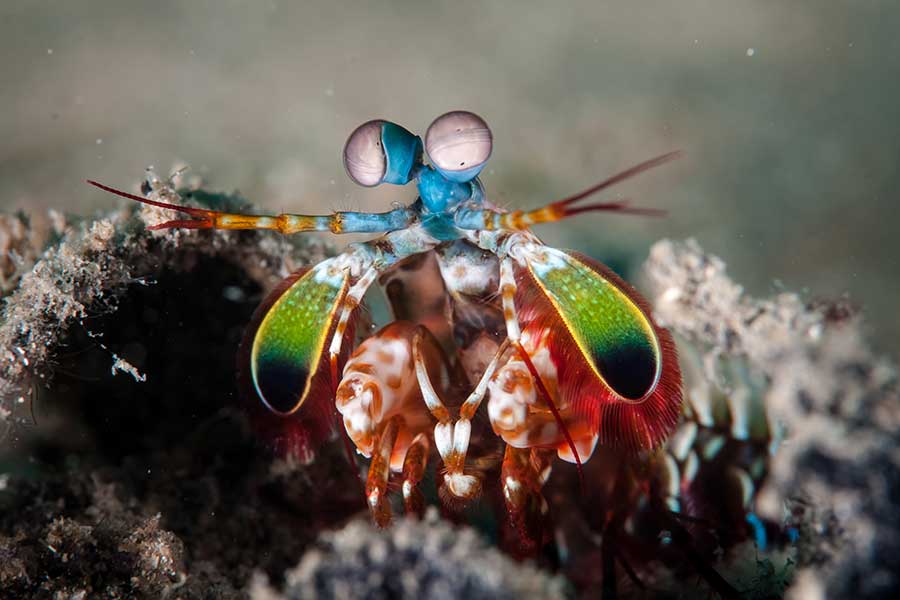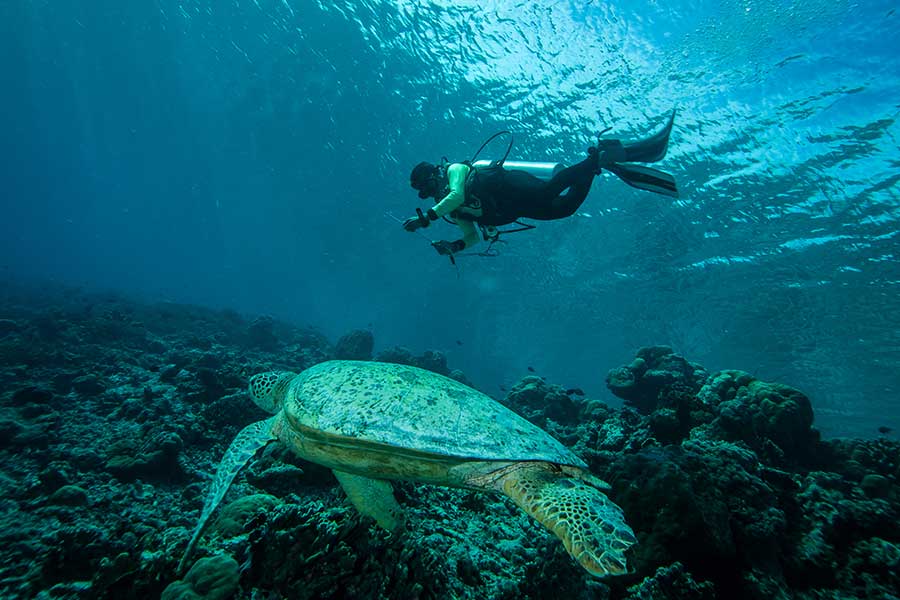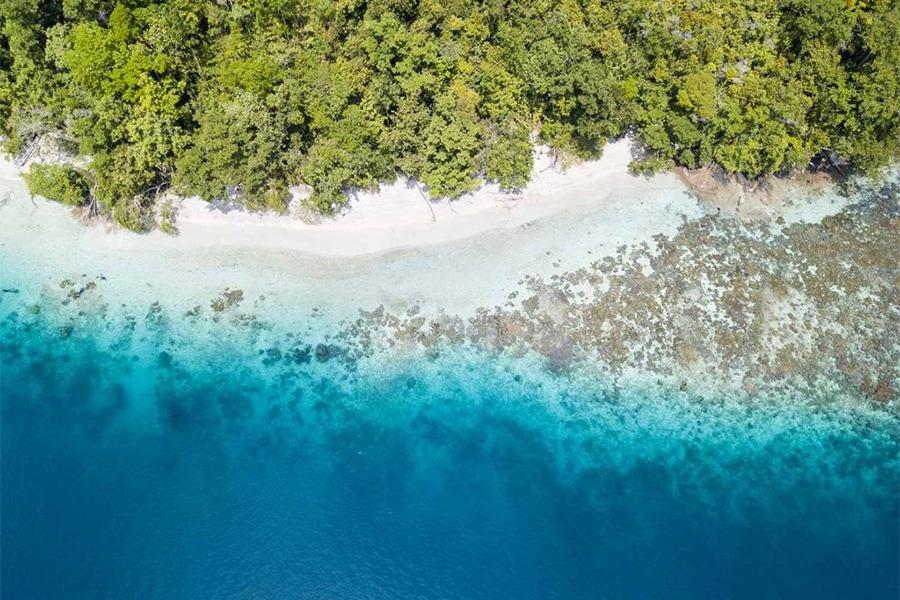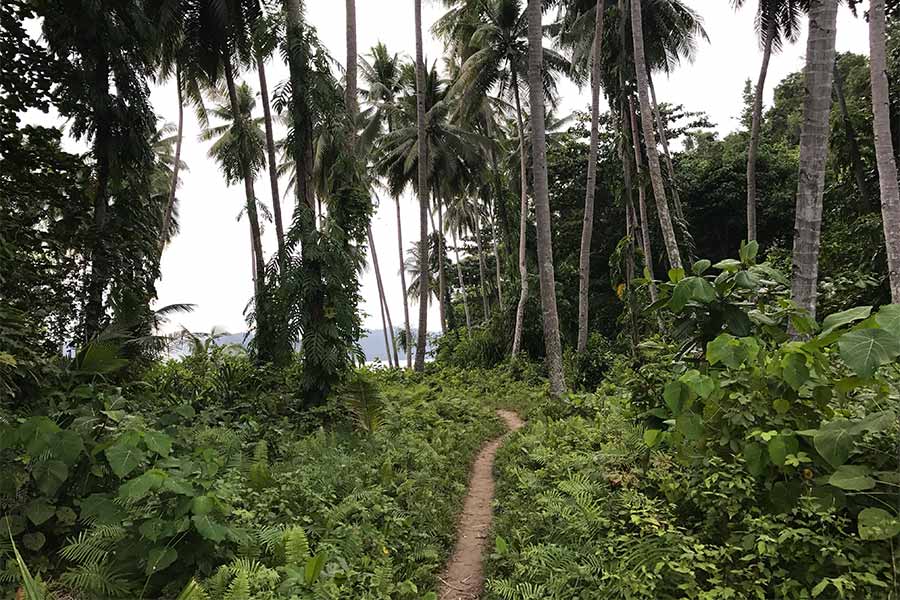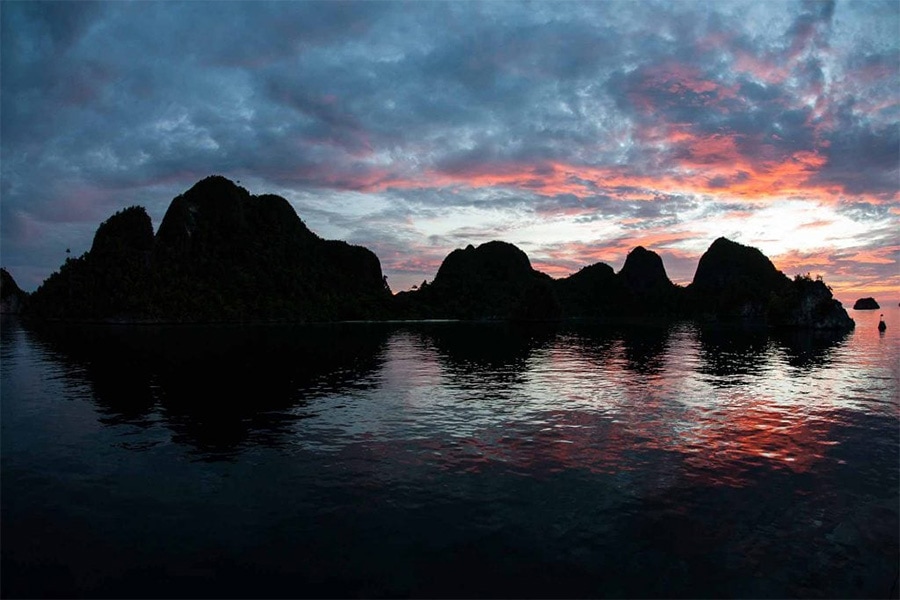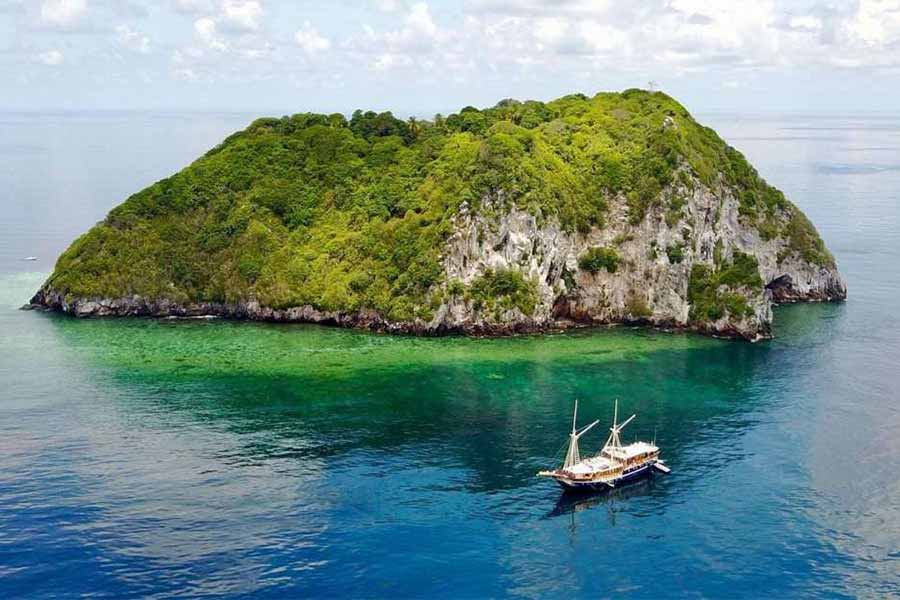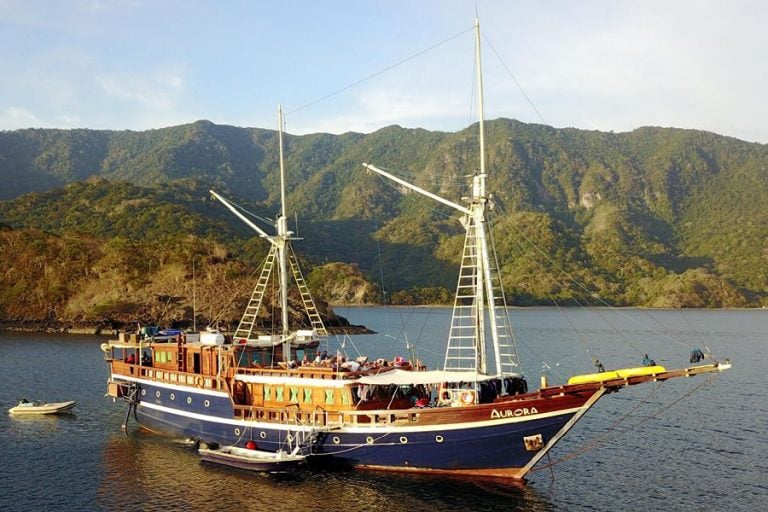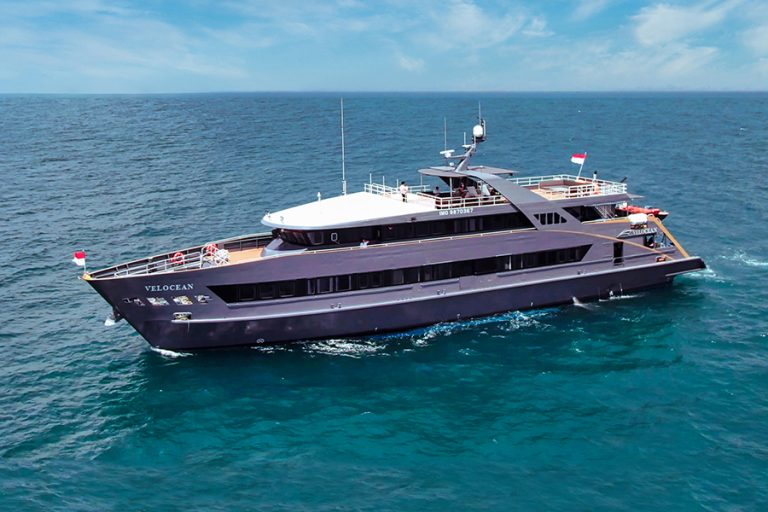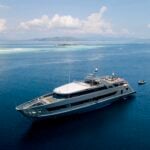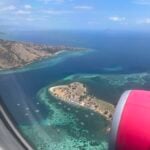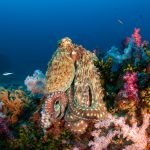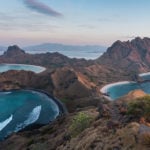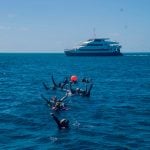Raja Ampat Diving
Raja Ampat Diving
Indonesia’s most famous region – Raja Ampat – is one of the world’s most remote and vibrant dive destinations. It resides proudly at the top of most divers’ bucket lists. Raja Ampat diving is renowned for its unparalleled biodiversity and pristine reefs, which attract divers from around the world.
Raja Ampat National Park is located in Indonesia’s West Papua province at the center of the Coral Triangle. In Bahasa, the country’s official language, Raja Ampat translates to “Four Kings” and represents the four major islands of the legendary Raja Ampat dive region: Misool, Salawati, Batanta and Waigeo.
The Raja Ampat archipelago, comprised of over 1,500 cays, islands and shoals, is best-explored via dive liveaboard. Remote corners are impossible to reach by day boat, so liveaboard diving is the only and best way to experience all that Raja Ampat has to offer. Trips to the area include dives around Salawati, Batanta, Waigeo and Misool, as well as the Dampier Strait, Penemu, Farondi and Arborek, depending on a dive trip’s length of stay.
Raja Ampat Diving Highlights
What’s not to love about Raja Ampat? Biodiversity, warm water, excellent visibility and abundant fish life define this dive destination. The area is incredibly remote, so the reefs visited by dive liveaboards are exceptionally healthy and untouched.
Raja Ampat diving makes an awe-inspiring impression on underwater photographers who visit. Colorful marine life and beautiful reef scenes offer seemingly endless opportunities to shoot publication-worthy photos. Numerous endemic species, such as mantis shrimp and wobbegong sharks, call Raja Ampat home, so many of these outstanding photo opportunities can be found nowhere else in the world.
Top Liveaboards in Raja Ampat
All Star Aurora
- Traditional Pinisi-style dive liveaboard
- Charming 132-ft (40m) vessel with modern comforts in
- Accommodates up to 18 guests in 9 cabins
- Served by a 16 member crew
- Spacious cabins with private bathrooms
- Large camera room for underwater photographers
- Up to four (4) dives per day
- Custom-built hard bottom tenders for easy diving
- Gourmet dining
- Shore excursions and eco-adventures
- Ground transfers are included to/from airport
- Multilingual crew
From $2,520 all-inclusive
All Star Velocean
- The most luxurious dive liveaboard in Indonesia
- 171-ft. (52m) in length
- Accommodates up to 18 guests and 24 crew members
- Suites with large picture windows and private baths
- Lounge with private camera booths for underwater photographers and a spectacular view
- Up to four (4) dives per day
- Dive deck with personal gear station and hot water showers
- Gourmet dining
- Ground transfer between airport and local hotels and vessel on day of boarding
- Multilingual crew
From $3,150 all-inclusive

Raja Ampat Underwater Photography
Raja Ampat is a photographer’s playground. With infinite subjects from macro to wide-angle, this destination is one of the world’s most photogenic underwater nirvanas. It is simply breathtaking.
Raja Ampat is home to some of the world’s healthiest and most vibrant reefs, so wide shots of the reefs themselves are beautiful mementos of a visit to the Coral Triangle. Over-under shots are common in Raja Ampat, as the shallow reefs come up to the edge of lush green islands and dramatic mountains.
Topside, the islands in Raja Ampat also provide endless opportunities to shoot incredible travel and wildlife photos. From tropical birds to fishing villages, this place invites photographers of all experience levels to capture the natural beauty.
Of course, Raja Ampat is best known for its magnificent array of photographable marine life.
Top Dive Sites in Raja Ampat
- Cape Kri
- Magic Mountain
- Arborek Jetty
- Manta Sandy
- Boo Window (Boo Rock)
Marine Life in Raja Ampat
Raja Ampat’s famed biodiversity sets it apart in the eyes of scuba divers. Beautiful, strange, small and large, the marine life in this area is truly a wonder of nature. Among the creatures who call Raja Ampat home are 1,500 species of fish, 500 species of corals and 15 marine mammals. Raja Ampat’s Cape Kri dive site is actually the location where 374 species of fish were spotted on a single dive … a world record!
Endemic Species of Raja Ampat
Raja Ampat’s impressive biodiversity includes 35 fish species and at least 40 coral species found nowhere else in the world. The most famous of these endemic creatures include the epaulette (walking) shark, several species of mantis shrimp, the tasseled wobbegong shark and Papuan garden eels.
Large Marine Animals in Raja Ampat
Large animals are a frequent sight in Raja Ampat, so pack your wide-angle lens! Manta rays, Mobula rays, blacktip and whitetip sharks, sea turtles and occasionally whale sharks and even whales can be spotted throughout this region. Some of the manta rays in Raja Ampat are unusual in that they are nearly wholly grey/black, making these sightings even more fascinating.
Macro Life in Raja Ampat
The macro world of Raja Ampat is vibrantly colored and remarkably abundant. From pygmy seahorses to the infamous blue-ringed octopus, macro photography subjects are constantly patrolling the ocean floor of Raja Ampat. Frogfish, pipefish and nudibranchs are also frequently seen by divers with keen eyes.
When to Dive Raja Ampat
Raja Ampat diving is excellent year-round. Some Indonesia dive liveaboards visit Komodo in the summer months, while others choose to dive Raja Ampat all year. Water temperatures in Raja Ampat stay between 80-86ºF year-round, so many divers choose to leave their wetsuits at home.
Raja Ampat Diving Conditions
Indonesia’s warm water and excellent visibility make for enjoyable diving, but currents will likely vary from site to site. Be prepared for anything from a mild current to relatively strong drifts.
Visibility in Raja Ampat is generally great all season long. However, it can vary by location and time of year.
Dives are usually always done via tender in Indonesia. Most are drift dives, so a surface marker buoy (SMB) is highly recommended.
Due to the possibility of relatively deep dives and the potential for currents, it is recommended that divers visiting Raja Ampat have logged a minimum of 50 dives or hold an Advanced Open Water (AOW) certification.
How to Travel to Raja Ampat
Raja Ampat’s remoteness is the reason for its impeccable diving. Some may consider it a challenging journey, but fortunately, Raja Ampat is well worth the travel connections and time to reach the final destination.
Passengers should fly to Jakarta (CGK), the capital of Indonesia or Denpasar (DPS) in Bali and then book a domestic flight to Sorong (SOQ), where they can board All Star Aurora or All Star Velocean. Ground transfers between the airport/hotel and the vessel are included in the trip price.
For information about Indonesia’s Covid travel protocols, visit our Covid Travel Info page.
Raja Ampat Shore Excursions
Shore excursions are plentiful. Though weather dependent, All Star Liveaboards Raja Ampat trips almost always include a visit to the famously stunning Penemu Landing and a relaxing night on the beach for a BBQ dinner.
All Star Aurora is well-known for exciting shore excursion opportunities, too. The crew frequently offers the chance to visit a local fishing village or take an early morning hike to catch birds of paradise perform their complex dances.
If requested, trips may be able to include snorkeling around mangroves or into a remote cave, a visit to a pearl farm, or even a swim in a lake with non-stinging jellyfish!

